


Dayaben Dohat
![]() Home Address:
Home Address:
Shiv Nagar Society, Tharad, Banaskantha - 385565, Tharad, Gujarat
![]() Award:
National Award - 1990,
Award:
National Award - 1990,
In 1971, during the Indo-Pakistan war, some families migrated from the Sind province of Pakistan to settle in Western India. Some others went to Tharad in Banaskantha (Gujarat) and some to Ganganagar near Jodhpur. The Kutch and Tharad families excelled in Soof Embroidery. Soof embroidery is a counted thread technique worked with fine solid-colour threads and darning stitch work on the reverse side of cotton fabric. The stitches that appear on the face typically are 2.5 to 5 mm long but only one fabric thread apart. The threads are counted just before the needle is inserted, and the most striking features are that the stitch is worked from the back of the material. It is a painstaking form of embroidery without tracing the motifs, and the artist's imagination depicts the infinite variations upon the fabric. Soof Embroidery involves the use of geometric patterns. 'Leher' or wave is a common pattern. This art form is represented by highly stylized motifs. Most Soof patterns begin with a triangle and are full of rhythmic patterns and motifs depicting the artisans' lives. Peacocks and 'mandalas' are supposed to focus psychic energies. Several stitches are named in the local language to distinguish the patterns created and these are named as follows: Resho, Lad, Soof, Phalo, Chalangi, Ler, Sagar, Bato, Jali, Gantri, Goldo, Bakhkhio and Sankli. Soof embroidery is used in making beautiful tablecloths, wall hangings, cushion covers, dress materials and various other items.![]() Note:
Note: